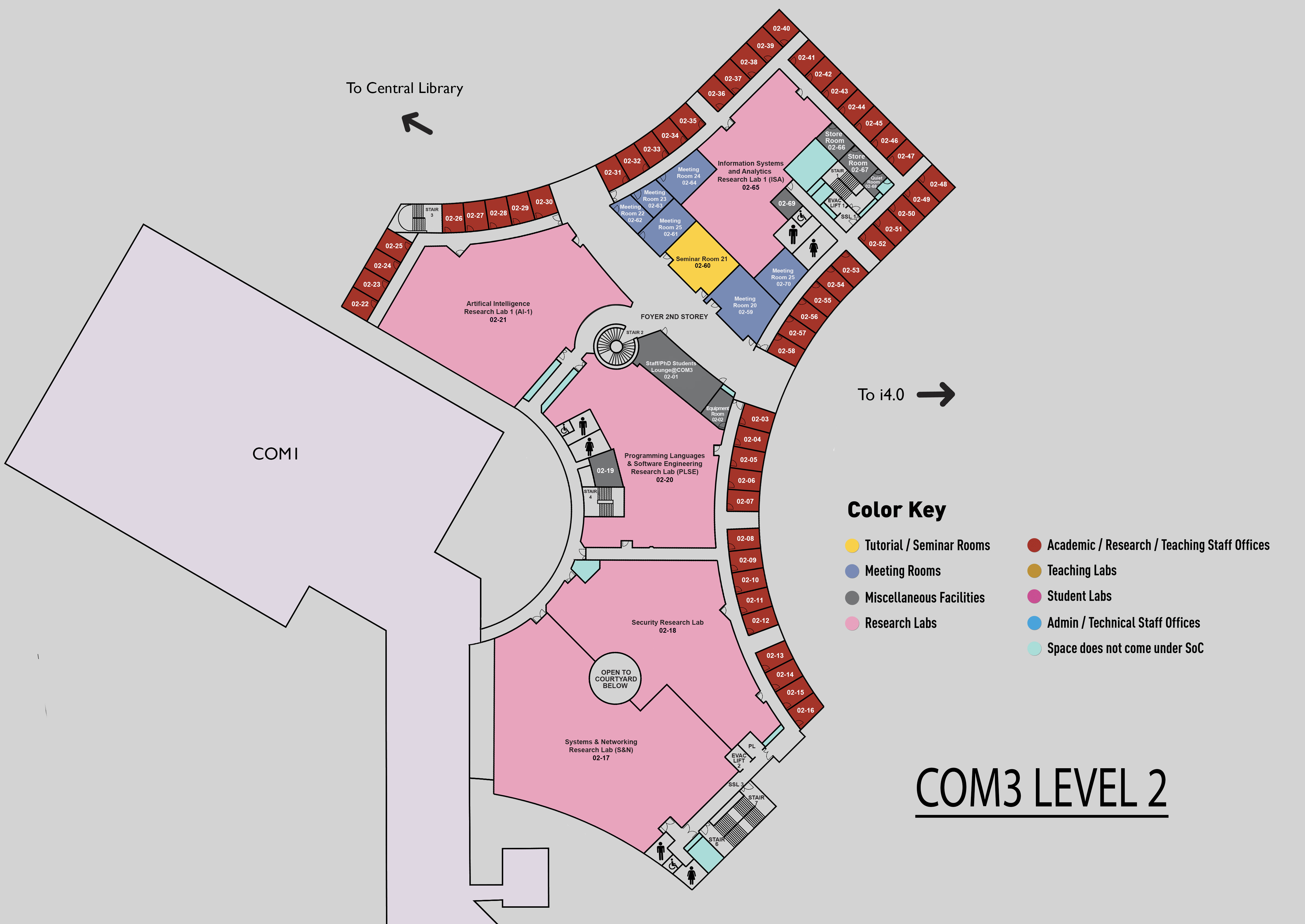Deep Learning and Colour Science Applied to Document Image Analysis
COM3 Level 2
MR21, COM3 02-61

Abstract:
The aim of this talk is twofold: first, introduce to you University of Hyderabad, the School of Computer and Information Sciences (SCIS) and the research@SCIS. Second, to talk about the research done at our OCRLab, the future Document Image Analysis Lab (DIAL). DIAL is currently working on deep learning and its applications to document processing; and on colour science and its applications in colour image processing with possible transfers of
technologies developed to camera manufacturers, forensic labs, and television/online streaming platforms. Some of the deep learning topics are style-priors, visual question answering systems and zero-shot learning. Colour image processing research is on combining information from colour science to develop novel colour image processing operations with strong links to the physics of colour.
Bio:
Chakravarthy Bhagvati (Chak) is a professor in the School of Computer and Information Sciences and a former Dean. Currently he is the Chairperson and an expert member of the AI Committee of the Indian Council of Medical Research (ICMR). He received his PhD from Rensselaer Polytechnic Institute, Troy, NY (USA) and his Masters from University of Hyderabad, both in Computer Science. He worked on several projects funded by the Indian government and Defence Research and Development Organisation, India. He has more than 80 publications listed in DBLP and Scopus databases and is an executive council member of the Indian Institution for PR and AI and a member of the ACM. He has guided 14 PhD students and is currently supervising another six. Chak is also an avid amateur astronomer and observes the night skies, whenever there is free time, with his 8-inch telescope.

